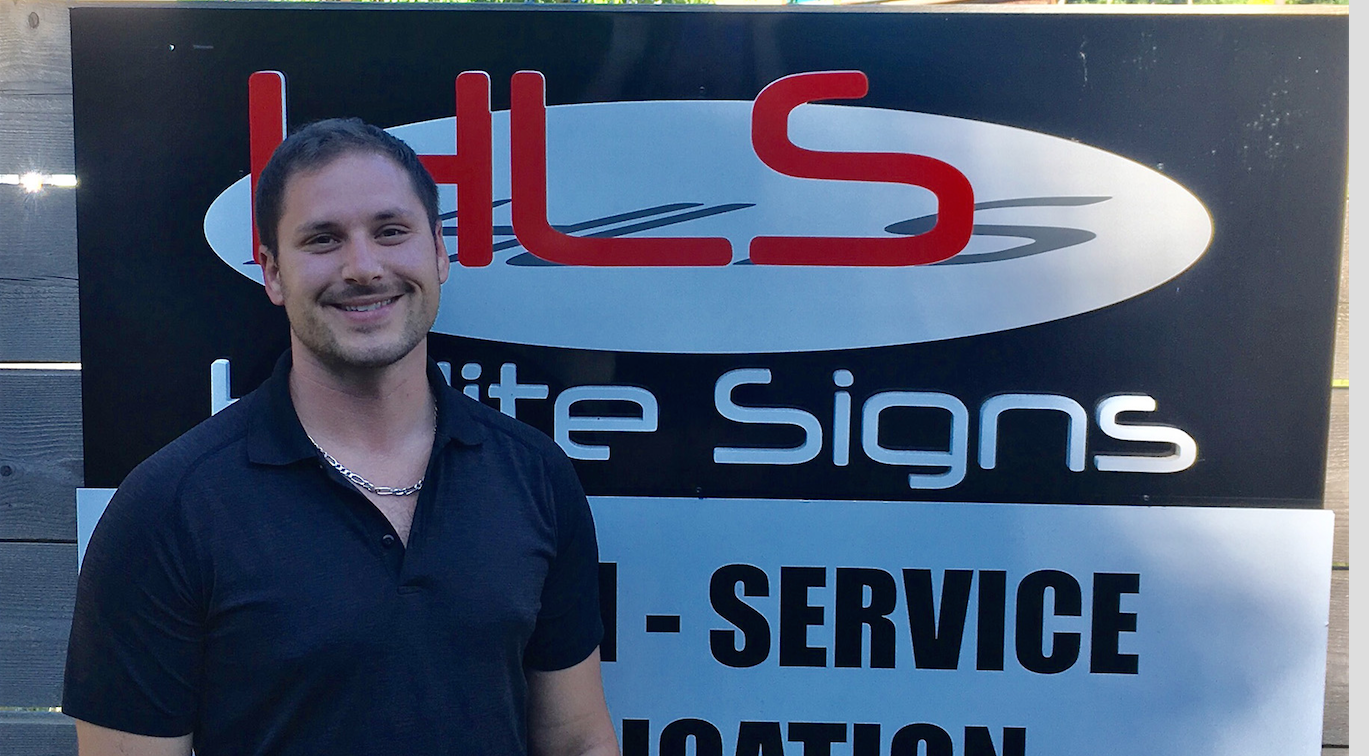Plus, top tips to get in print and 11 reasons to write one
Even in this age of reels, carousels, live streams and TikTok, the good ol’ press release (also called a news release or media release) can still create a buzz, generate some hype and grab attention for your business.
Not only do media releases require nil in the way of techy expertise, they’re also affordable – free if you write it yourself (although time is money). In fact, when you think of the space devoted to a press release and a pic then consider how much it would cost for an ad of comparable size, you’re practically making a profit.
Sold on them yet? Wait, there’s more.
When you submit a news release to multiple media outlets, you reach a wider audience and get more attention from people not in your usual social media or publication circles.
News releases can also increase traffic to your website and create potential SEO benefits through digital editions of “hard-copy” versions. And if your copy uses specific keywords, people browsing around online may stumble across it through searches. Plus, it makes excellent fodder for blogs and posts if you repurpose the content. Not to mention the credibility and connections it can establish . . .
Seriously, if you’re looking to develop a solid marketing skill, you couldn’t do much better than knowing how to draft a must-run media release.
How to write a press release
Think clean, quick and straightforward. Nobody has time to sit back and make their way through your woven descriptive narrative, no matter how spellbinding. Use active voice, write in third person and don’t offer opinions unless it’s part of a quote.
Press releases typically stick to a standard journalistic formula with a headline at the top, followed by a paragraph (or lead sentence) that answers the 5 Ws. Keep it to a page or less in length; the word count should range between 250 and 500. When possible, provide a picture and caption to accompany the story, and make sure to add your contact info. You want to make it as easy and convenient as possible for the folks on the receiving end.
Following is a standard press release outline:
- In the top left corner, it should say FOR IMMEDIATE RELEASE, followed by the date on the next line.
- Headline and optional subhead in bold. Headers should be specific, short and strong.
- First paragraph should be only one or two sentences in length and hit on who, what, when, where, why and often how.
- Second paragraph introduces the main subject, be it a person or business, with some more detail.
- Supporting paragraphs follow and consist of relevant, captivating quotes, history of the business or persons involved, information about how this newsworthy event will affect others.
- Finish with -30- or ### to signify the end of the article.
- Provide a photo caption (and credit), explaining who is in the pic and reiterating the big news.
- Contact information: name, job title, email, phone. Some people prefer to put this at the top. Personal choice, but why not jump right into the news and leave these details to the end?
Top tips to get your release in print
If you follow the guidelines above, you’ve got the basics. But to ensure that your release will actually run, keep these tips in mind.
Make it matter. Ensure that what you’re saying is actually newsworthy – and not just to you. People may or may not care that you have a new employee at the yo-yo factory, but their interest will be piqued by the fact that he’s a national yo-yo champion who gives free lessons.
Pop in some quotes. Not only do they make a release more relatable, quotes allow you to put in some opinions and claims that don’t necessarily need to be fact-checked. After all, that’s what HE said.
Invert that pyramid. Follow this journalistic structure and give top billing to the most important information. The newsworthy points (5 Ws) go first, then other important details, then background and general info at the end. Going from need-to-know to nice-to-know makes it easy to shorten if the story must fit into a smaller space.
Consider the audience. You may know exactly what you’re talking about, but does your audience? Don’t use jargon, acronyms or industry-speak if the typical reader won’t catch your drift.
Keep it clean and tight. Good grammar and concise writing please everyone.
11 excuses to write a news release
A press release will be better received by media if it’s well written, timely and newsworthy. And, frankly, if you write well, you can make almost anything newsworthy. That being said, you don’t want to waste a media release on something that doesn’t offer much value to the reader or publisher.
Following are 11 legitimate reasons to promote your company with a news release. Stick with one of these to catch the eye of an editor.
- You’re a new business.
- You’re renovating or expanding your facility.
- You’ve hired (or are seeking) a new employee.
- You’re introducing a new service or product.
- You’ve won an award.
- You’re celebrating an important anniversary.
- You’re changing your name or location.
- You’re involved in a philanthropic event.
- You’re announcing a merger/partnership.
- You’re available to speak about a trending topic.
- You’re launching a website, contest, etc.
When it comes to media releases, there are no guarantees. But the better the writing, the greater its likelihood of running.
Have something you think is release worthy? Think about calling in the pros!
At Rock.Paper.Copy, our professionals work with you to create high-impact, effective copy and turn browsers into buyers.




